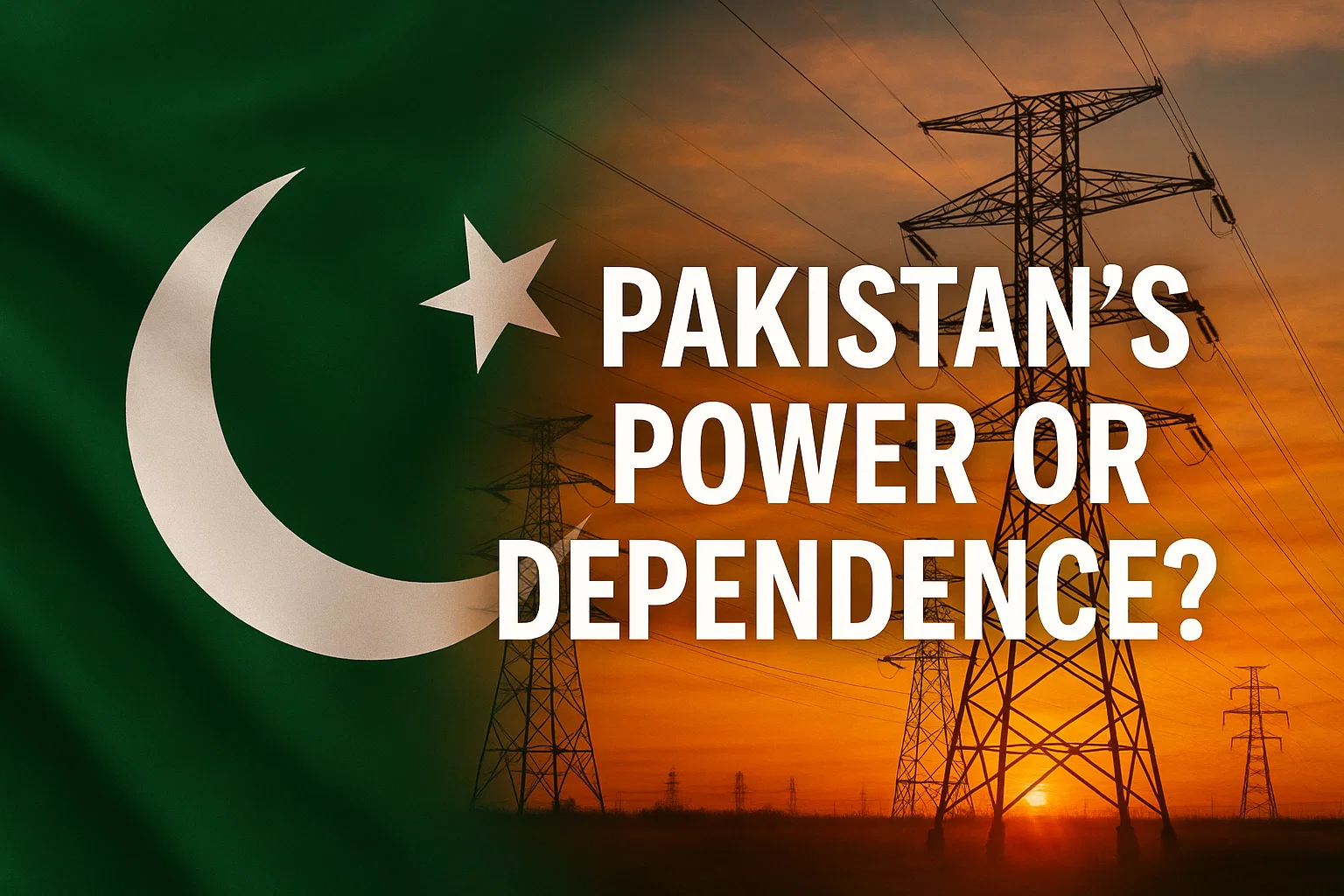Font size:
Print
China’s Restrictions on India
Context:
On 10 January 2025, reports emerged that China had banned Chinese employees from travelling to Foxconn’s iPhone factories in India, with those already stationed there being recalled.
More on News
- Additionally, shipments of specialised manufacturing equipment for iPhone production were halted, and Chinese authorities refused to approve their export.
- These actions are seen as a deliberate attempt to disrupt Apple’s strategy of shifting iPhone production to India, thereby reducing its dependence on China and challenging China’s dominance in consumer electronics.
China’s Strategic Objectives
- Undermining India’s Tech Industry: China’s actions are driven by concerns over India emerging as a competitive manufacturing hub for Western multinationals, particularly in the high-tech consumer electronics sector.
- Reducing Dependence on China: Apple’s increasing operations in India, including manufacturing iPhones and other devices, are seen as a move to reduce its dependence on China and enhance supply chain stability.
- Supply Chain Disruption: China’s actions seek to pressure Apple to reconsider moving operations away from China, especially as India becomes a crucial base for Apple’s production.
Apple’s Expanding Footprint in India
- India manufactures 14% of the world’s iPhones, with this share expected to rise to 25-40%.
- In April-September 2024, Apple exported $6 billion worth of iPhones from India.
- The iPhone 17, featuring AI-enhanced imaging and voice recognition, is the first to undergo New Product Introduction (NPI) in India, a key shift that worries China.
Growth of India’s Tech Sector
- Foxconn Investment in India: Foxconn has invested $10 billion in India and employs 50,000 workers, which is contributing to a gradual transfer of jobs from China to India.
- Reduction in Defect Rates: India’s improving defect rate in iPhone production has reached Chinese standards, making it a direct competitor.
Concerns over China’s Economic Stability
- China’s actions are largely driven by economic concerns, especially as its unemployment rates rise, particularly in high-tech industries.
- The migration of high-tech manufacturing (like Apple’s iPhone production) from China to India is seen as a direct threat to China’s economic stability, given the significant role these industries play in employment and value creation.
- China fears the rise of India as a manufacturing powerhouse, offering low-cost labour, skilled engineers, and government incentives.
Impact on Other Sectors
- Tunnel Boring Machines (TBMs): Chinese customs delays on German-made TBMs bound for India since 2019. Herrenknecht AG’s machines are crucial for India’s metro, rail, and mountain tunnel projects.
- Beijing fears Indian infrastructure projects near the Line of Actual Control (LAC) aid troop movement. In response, Herrenknecht has begun manufacturing TBMs in Chennai, reducing dependence on China.
- Critical Minerals Export Restrictions: Since 2023, China has restricted germanium and gallium exports to India, the US, and other countries.
- Gallium is not a major issue for India, as it can be extracted from bauxite ores. Germanium dependence remains critical, forcing Indian traders to reroute imports via Dubai, raising costs by 10-15%.
China’s Political Strategy
- These export restrictions come amid improving diplomatic relations between China and India, with China seemingly using economic leverage to negotiate with India.
- India has, in response, imposed economic measures against Chinese companies, including banning Chinese apps, restricting Chinese investments, and investigating illegal activities.
- China’s emerging export denial strategy seems to be part of its broader approach to test India’s economic resilience and the effectiveness of international trade sanctions.
India’s Response and Strategies
- In response to these pressures, India is diversifying its supply chains to reduce dependency on China, with companies like Herrenknecht deciding to manufacture TBMs in India.
- Strengthen alliances with the US, Japan, and the EU to counterbalance China’s trade tactics.
- Enhance supply chain resilience by expanding partnerships with Southeast Asian and European suppliers.
- Invest in semiconductor and critical minerals processing capabilities to mitigate future restrictions.


